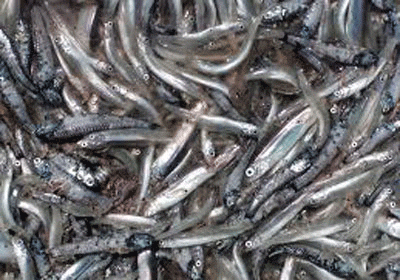Firstly, an increasing proportion of the fishmeal and fish oil used in feed comes from trimmings, that is guts, heads, bones and cut-offs from the fileting process. For Marine Harvest, globally, the proportion of trimmings in raw material for feed was around 25 per cent in 2010. In some regions this number is even higher.
So, what about the ingredients which are not trimmings? Some of the fish can actually be eaten, but far from all, and even the fish that can be eaten seldom finds a market of willing consumers.

The fishermen would obviously prefer to sell fish for human consumption, as that would give them a higher price for the fish. When this does not happen, there are several reasons why:
First of all, several of the species used are not generally accepted for human consumption. They are small, bony and not very attractive.
Then, when fishing species suitable for human consumption, some of the fish which is caught is either damaged or too small to be used for human consumption.
Add to this that people mostly prefer not to eat bones, heads and guts even on smaller fish, the edible part of the fish species used in fishmeal production can be as low as 40 per cent. In fishmeal production 100 per cent of the fish is utilised.
Finally, fish are caught in seasons, with high peaks in fishing volumes, not synchronised with market needs. Excess volumes of fish, which find no buyers, are then used for fishmeal production. Given the enormous quantities that are landed over a short period of time in countries such as Peru, other preservation methods such as freezing or canning are not an alternative due to lack of capacity.
The UN’s food and agricultural organisation (FAO) has estimated that only 10 per cent of the forage fish has a market for human consumption. We expect this percentage to increase over time, as the fishing industry continuously works to increase the market for those parts of the forage fish which can be sold as human food.
In the meantime, we believe it is better to use the fishmeal and fish oil for fish farming rather than in agriculture, for pet-food or for industrial purposes.


